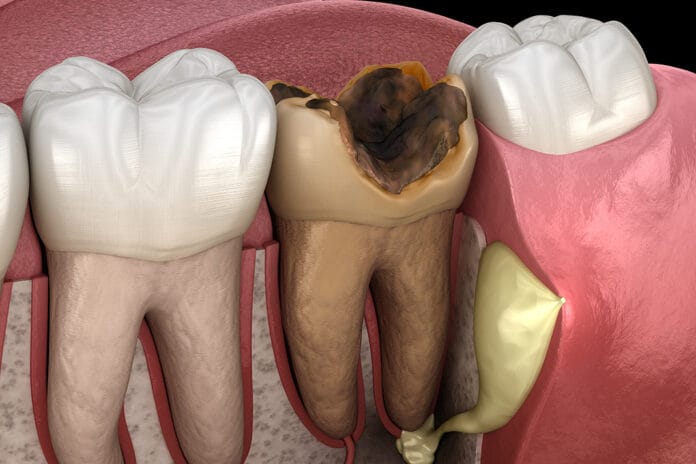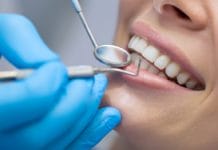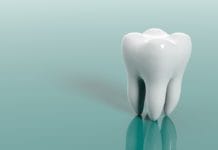The study, Update on The Prevalence of Untreated Caries in the U.S. Adult Population, 2017-2020, is the most recent, up-to-date study shining a light on the prevalence of untreated caries and the main reasons behind a patient’s inability to secure care. From the beginning of our dental education, we have been told over and over that caries is the most common disease in the world, and this study continues to show that.
Besides highlighting the most recent statistics on caries that will be available for at least another few years, the study attempts to discover why those with active and untreated caries are not seeking treatment, especially when early intervention and treatment are less painful, less invasive, and much more cost-efficient than waiting for severe infection.
Treating caries once they are past the incipient stage can be expensive, especially for those without insurance. In this study, researchers designated a lower socioeconomic status as the main reason behind an adult’s inability to seek care. Though this finding is important, it is something dental professionals are already aware of.
2017-2020 National Health and Nutrition Examination Survey Findings
In order to address a particular problem, we need to have the most recent data available to support effective strategies and policies. If we want to encourage the creation of a system that allows us to help these members of our community, then we need to base our plans on the facts.
The National Health and Nutrition Examination Survey, or NHANES, covered a weighted sample of 193.5 million Americans over the age of 18 years, which is 6,446 actual participants, and it was evident that uninsured and underpaid adults are the most in need.
Discoveries and Statistics
More than 23% of the participants had active, prevalent caries yet to be treated; 18% had coronal caries, and 10% had root caries. Other findings of caries prevalence in certain groups include:
- 25.2% of those aged 30-39
- 22.3% of those aged 40-49
- 23.5% of men
- Those of other, 36.5%, or non-Hispanic Black race ethnicity, 36.5%, had untreated caries
- 46.2% with family income to poverty ratio of 0.5 through 1.2.
- 37.3% with family income to poverty ratio less than 0.5
- 39.6% with educational attainment less than high school graduation
- 42.1% of those without health insurance
- 25.1% of those who are underweight
- 23.5% of those who are obese
Unfortunately, the food that is more affordable to those on the lower rung of the socioeconomic ladder doesn’t tend to be a nutrient-rich and balanced diet that is ideal for overall health, including dental health. While socioeconomic status has always been tied to an increase in caries, most programs are geared toward children, not adults. This makes it evident that we need better services and access to care for adults as well as children.
In Closing
It should be noted that the survey was originally intended to be longer but ended in 2020 due to the pandemic.
What we are currently doing regarding access to care to help the members of our communities isn’t working as well as it could because there continues to be a substantial unmet dental healthcare need. Researchers state that public health efforts should aim specifically toward subgroups that are at disproportionally high risk.
This study also verifies something we already know: money, or lack thereof, is currently the most significant barrier to quality healthcare, including dental care, in the United States.
Before you leave, check out the Today’s RDH self-study CE courses. All courses are peer-reviewed and non-sponsored to focus solely on high-quality education. Click here now.











